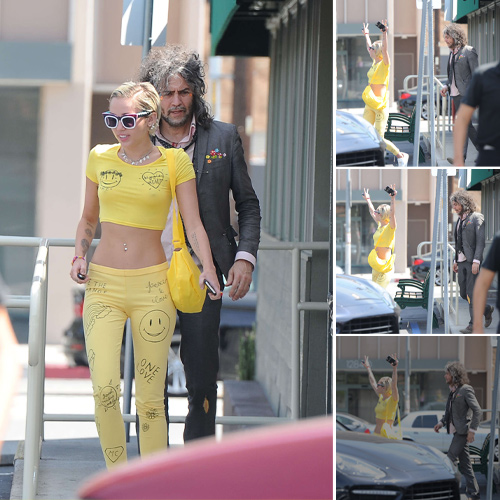The Colorado Avalanche find themselves in a quandary of sorts – a unique situation that has pitted their on-ice success against the delicate balancing act of maintaining team chemistry and camaraderie. At the center of this dilemma lies the team’s acquisition of defenseman Sean Walker, a player whose skill and potential are undeniable, but whose integration into the existing squad has become a source of complex deliberation.
Walker, acquired in a trade with the Los Angeles Kings earlier this year, has undoubtedly proven his worth on the ice. His offensive prowess, defensive acumen, and ability to quarterback the powerplay have made him an invaluable asset, leading many pundits to believe that the Avalanche have struck gold with this addition.
However, the Avalanche’s challenge lies in seamlessly incorporating Walker into a team that has already established a formidable identity and championship-caliber chemistry. The seamless integration of new players, particularly ones with a significant impact, can often be a delicate and complex undertaking, requiring careful consideration of team dynamics, player personalities, and the overall cohesion of the squad.
As the Avalanche’s coaching staff and front office deliberate on the best course of action, several key factors come into play. The first and most pressing concern is the potential disruption to the team’s existing power structure and leadership hierarchy. Walker’s arrival has the potential to upset the carefully cultivated balance, potentially leading to friction and resentment among the players.
Secondly, the Avalanche must weigh the long-term implications of fully embracing Walker’s talents. While his immediate impact on the ice is undeniable, the team must consider how his presence will shape the team’s identity and playing style in the years to come. Will the Avalanche’s core identity and playing philosophy need to evolve to accommodate Walker’s strengths, or will the team strive to maintain its established identity and find ways to maximize Walker’s abilities within that framework?
Perhaps most importantly, the Avalanche must carefully navigate the emotional and psychological aspects of incorporating Walker into the team. Players are not merely cogs in a machine, but individuals with their own aspirations, egos, and personal dynamics. The Avalanche’s coaching staff and leadership must find a way to seamlessly integrate Walker while ensuring that the existing team culture and camaraderie remain intact.
In the end, the Avalanche’s decision on how to handle the Sean Walker situation will have far-reaching implications, not only for the team’s on-ice performance but also for the long-term stability and cohesion of the squad. It is a delicate balancing act, one that will require the utmost skill, diplomacy, and foresight from the team’s leadership. The path forward may not be clear-cut, but the Avalanche’s ability to navigate this challenge will undoubtedly shape the team’s trajectory for years to come.



